
For the trekking season, we got 3 mountain lovers to tell us how they coped with nagging health issues
Last month, a day before Juhu resident Nihar Mehta set off on a 12-day Himalayan trek to Har Ki Dun, a valley in Sikkim, he went for a medical check-up as per mountaineering norms. The doctor checked his blood pressure and red flagged his travel plans in an instant. “My BP reading was 170/110. He refused to sign my medical clearance,” says 41-year-old Mehta, the owner of a handicrafts store in Versova.
Mehta is no stranger to the mountains. His last trek through Kathmandu in October took him from Lukla to the Everest base camp, a 2,300 m ascent. He decided to go ahead with the trek anyway.
It was no different for Ramnik Chhavra, a marketing executive at a finance firm, who attempted his first trek in 2008, when he weighed 110 kg. “When you are overweight, your cardiovascular capacity is low. The first two days were strenuous,” says Chhavra. He realised smaller steps during ascent made him more efficient and didn’t leave his heart pounding. “It’s a heel-toe ratio; don’t let your heel go further than the toe of your other foot in each step,” he suggests to overweight trekkers. While this means you will be taking more steps, Chhavra took short but frequent breaks to cope.
Meanwhile, to ensure he wasn’t being foolhardy, Mehta consulted a cardiologist friend. There was no attempt to sugar coat the possible health risks -heart attacks and paralysis. “The first rule,” he says, “is to listen to your body. According to the doctor’s advice, if I felt any symptoms of breathlessness or chest pain, I had to turn back or drop to a lower altitude immediately.” Pace yourself, he advises. This is especially important for someone with fluctuating BP.
Through the trek, Mehta sipped on water and liquids every 15 minutes. The cold, synonymous even with summer mountain treks, doesn’t make you thirsty, causing dehydration. While breathlessness is a common symptom, drugs like Dimox help acclimatise during the climb.
Acute mountain sickness, caused when there is a fall in the atmospheric pressure at higher altitudes, can cause dizziness, nausea and a drop in BP. The tablet helps the body adjust to lower levels of oxygen. For low BP, take a shot of coffee or salt, say seasoned trekkers. After successfully completing the trip which involved a climb from 5,000 ft to 15,000 ft in 12 days, Mehta went through a thorough health check. The reports were normal. “Being around nature can’t be bad for you. The clean air and exercise sorts you out. But, it’s always wise to travel with seasoned trekkers since hospitals aren’t in the vicinity,” he says.
Following the first trek, Chhavra, 44, upped his fitness quotient. However, in 2012, he suffered a slipped disc. It took three months of physiotherapy to recover. Instead of gymming (it gives you strength but doesn’t prepare you for the mountains), strengthen your core muscles.
Test Run
When he felt his body was ready for a Himalayan expedition, Chhavra tested the waters with one-day treks in the Sahyadris. “Remember though, that the conditions will be more severe in the Himalayas,” he warns.
The backpack you carry on a longer trek is heavier, altitudes are higher and air is thinner. Longer treks require you to carry three litres of water in addition to other essentials; that’s about 5 kg of weight.
Figure if you are ready for it. There are two ways to travel-Alpine-style (the trekker carries everything they need on his back) and Expedition style (you carry a day pack and let the mules bear the rest of the burden). Pick what works for you.
And it’s important to know when to stop. Chhavra shares an old trekking saying: “Going up is optional. But coming down is mandatory.”
Trekking with toddlers
Mahim residents Sakina Lakdawala Elavia, a Spanish teacher, and civil engineer husband Anosh have been avid trekkers for 10 years. That they turned parents a little under two years ago, didn’t dissuade them from trekking to Har Ki Dun last month.
They completed the 10-day trek, climbing to 10,000 feet with their 18-month-old twins, Nahia and Aroha. The couple used special baby carrier haversacks to fasten the kids to their backs in sitting position. In addition to a child, this back pack, made by a company called Snugli, also accommodates essential baggage. “You can’t strap the baby to your belly because you need to see the path ahead of you. This one’s per fect,” suggests Elavia.
Precautions for parents hiking with kids include keeping the child hydrated, warm, moisturised and sun-protected. “If the babies are eating and pooping normally, consider it a good sign. Though we carried toys, and you can too, they were more than fascinated while playing with animals and absorbing sights of nature,” she says. But Elavia doesn’t recommend it for parents who are first-time trekkers. Her advice is to travel with a group of veteran trekkers so you have a support system handy.
Source: TimesofIndia

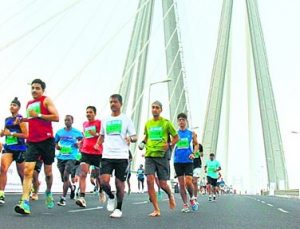
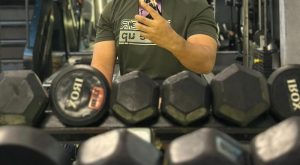
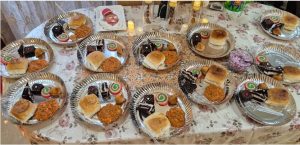
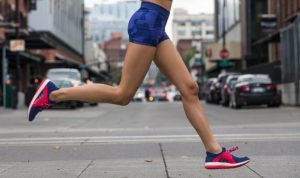
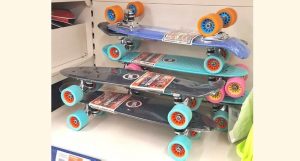
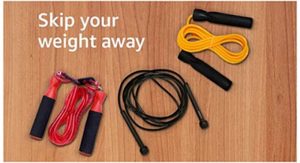


Leave a Reply